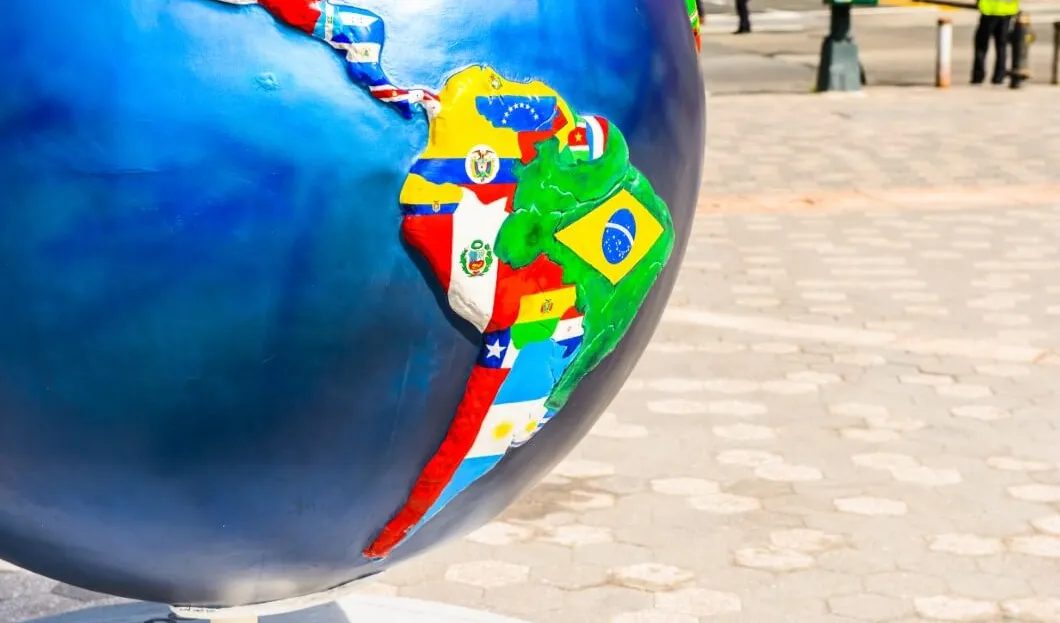
Although the pandemic is still in force and COVID-19 is here to stay, everyone has lots of reasons to travel – physical and mental exhaustion due to prolonged closures, vaccine tourism, family reunion, accumulated vacations, summer in the northern hemisphere, school break, a quiet and safe destination to continue working remotely, among others.
After more than a year of the health crisis, the various actors in the value chain of tourism in Latin America (transportation, accommodation, food, tour operators) advanced in biosecurity protocols in order to offer a safe and pleasant experience to change their routine. An example is an interactive map with the protocols for entering each country by air, developed by IATA.
One out of every ten jobs in the world depends on tourism. In 2020 alone, international tourist arrivals fell by 73%. In the first quarter of 2021, the world's destinations received 180 million fewer international tourist arrivals compared to the first quarter of last year. In that period, in the Americas, the reduction was 71%, according to the UNWTO World Tourism Barometer.
Industry experts' forecasts for this year are not encouraging: 60% believe the rebound in international tourism will not come until 2022 and nearly half expect a return to 2019 international tourism levels in 2024 or later.
Mexico is the country in Latin America that has been the least affected due to its proximity to the United States and the more permissive environment in biosafety protocols. It is also the one with the highest recovery expectations for this year.
"Taking a conservative scenario as an example, 26,800,000 international tourists are expected to arrive to Mexico in 2021, which would represent 2,500,000 more visitors than in 2020 and an increase of 10.3% compared to the same year. Foreign exchange income from international visitors is expected to be 12.2 billion dollars, that is: 1.1 billion more than in 2020 and an increase of 10.2%," assured the Secretary of Tourism of the Government of Mexico, Miguel Torruco Marqués.
International tourism revenues in 2020 presented a drop of more than 900 billion dollars, according to UNWTO figures. A report by CAF – The Development Bank of Latin America – presents a three-pronged agenda to keep businesses open, reactivate tourism and improve its competitiveness to adapt to the new needs of travelers.
“At this time, it is key to promote measures to support the liquidity of companies in order to ensure their solvency and survival. This includes special loans, suspension of amortization and interest payments on existing loans, modifications to cancellation policies, among others. We also propose fiscal measures that may include specific subsidies and/or modifications to general or specific tax rates," explained Jorge Forteza, professor at the Universidad de San Andrés in Argentina and co-author of the report.
Among the opportunities that Latin America has in this context are the new demands for uncrowded destinations: the value of empty places. The region has a very low population density, with important parts of its territory that can satisfy this market niche. Nature tourism with sites such as the jungles, the Amazon, the Pantanal, the deserts and high plateaus and Patagonia offer multiple attractions.
Factors such as physical security, sanitary quality, air and land connectivity, quality of public services and service attitudes on the part of operators will be fundamental to reactivate domestic, intra-regional and developed country tourism. To achieve this, companies require the support of the authorities and the confidence of travelers. We must maintain all the self-care measures in order not to lower our guard, protect others; and ourselves and travel because the world is not going to end.










